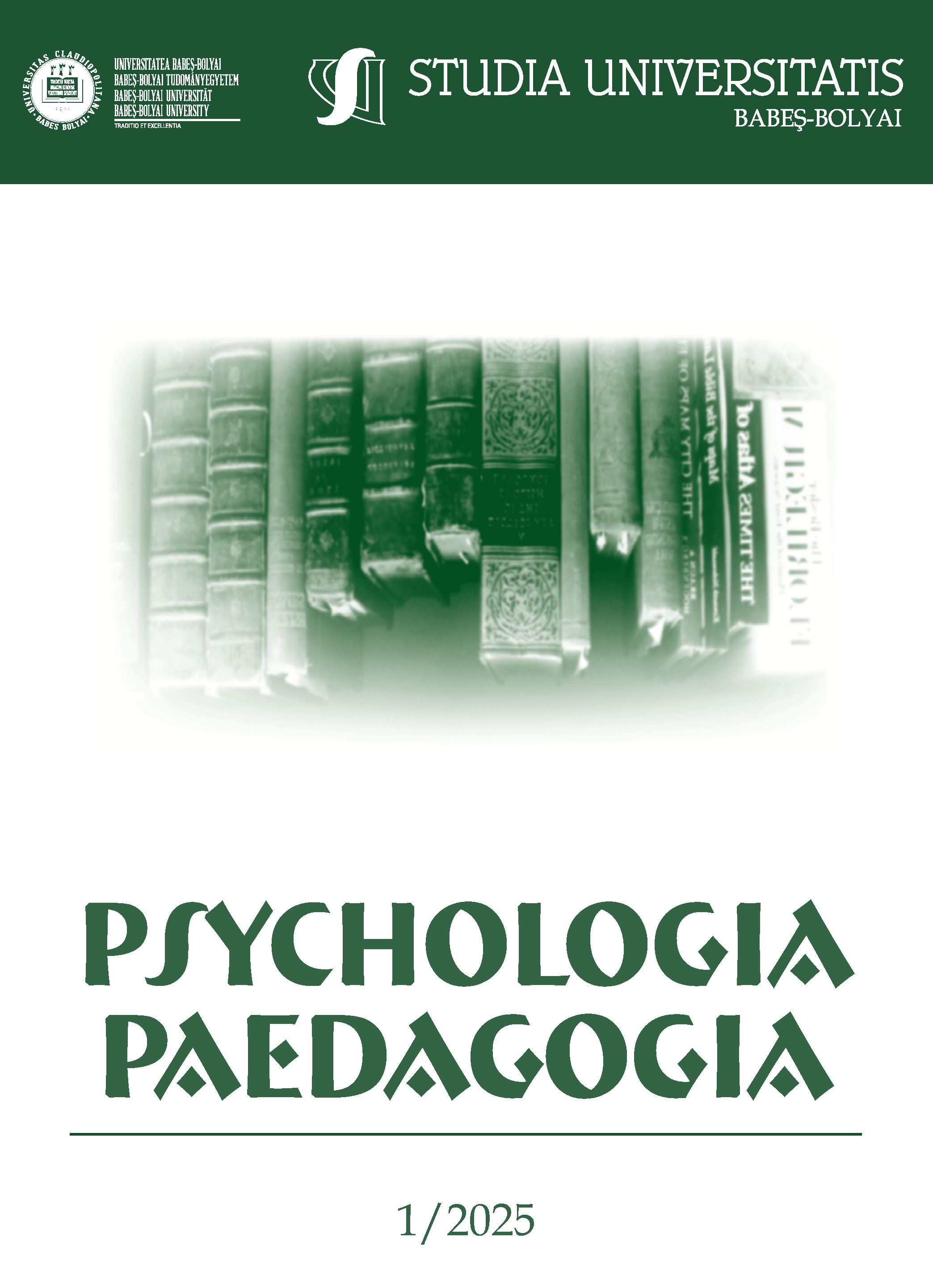The Value of Training Software Systems in Improving Dyslalia in Students with Intellectual Disabilities
DOI:
https://doi.org/10.24193/subbpsyped.2025.1.11Keywords:
special education, educational software, language disorders, mental retardation, psychological age of languageAbstract
The correction of speech and language disorders, in general, stimulates the psychic development of the individual, his integration in activity and life, leads to the affirmation of the personality on a social and cultural level. It must be taken into account that communication occurs through language, language being also a tool of thought. Speech therapists are increasingly challenged in offering and performing high-quality speech therapy for the correction of people with language disorders. For this reason, an association of traditional methods with new logo-therapeutic computer technologies would support the student’s motivation for involvement and active participation in the language correction process. The computer can be an excellent game partner and a good “educator” and its intervention, depending on the variety of programs used and the involvement of special education factors, will be reflected in the shaping of the child’s personality. The specialized literature indicates the existence of successful practices in the use of information and communication technologies in general and special education, thus modifying and diversifying the structure of the educational and recovery act. In the special education units, a series of teaching aids, both classical and modern, are used in the remediation of language disorders, among which we can mention: educational and speech therapy software, accessible, attractive due to the intensity of the colors, the presence special effects, transitions, animation, sound background, which attract students to therapy and transform the speech therapy activity into an extremely pleasant and motivating moment.
References
1. Banes, D., Walter, R. Internet for All. David Fulton, London, England. 2002.
2. Buganu, D.A. (2019). The indispensability between communication and language – theoretical-scientific view. In: Materials of the international scientific conference “Teaching staff - Promoter of educational policies”, October 11-12, Chisinau: Institute of Education Sciences. p. 687-692. ISBN 978-9975-48-156-4.
3. Carantina, D., Totolan, D.M. (2007). Psihopedagogie specială. Ovidius University Press. Constanța, cap. III – Dezvoltarea compensatory.
4. Foloștină, R., Simion E. (2020). Digital learning for children with educational support needs. Bucharest: University Publishing House, 192 p. ISBN: 978-606-28-1206-5.
5. Gherguţ, A., Roșan A. (2024). Therapies and psychopedagogical interventions for people with special needs. Iasi: Polirom Publishing House, 2024. 760 p. ISBN: 978-973-46-9939-1.
6. Istrate O. (2012). The opportunity of a program to integrate new technologies in education. In iTeach: Teaching experiences. No. October 14, Bucharest: TEHNE – Center for Innovation in Education, 2012. P. 1-2. ISSN 2247-966X.
7. McNaughton, D., Light, J. The iPad and mobile technology revolution: Benefits and challenges for individuals who require augmentative and alternative communication. Augmentative and Alternative. 2013. Communication Journal, 29(2), 107-116, https://doi.org/10.3109/07434618.2013.784930.
8. Newton, D. A., Dell, A. G. Mobile devices and students with disabilities: What do best practices tell us? 2011. Journal of Special Education Technology, 26(3), 47-49. Retrieved from http://search.proquest.com/openview/069e20c5f77b0c6370b79b91ef94783e/1.pdf?pqorigsite=gscholar&cbl=6091.
9. Petrescu, P.R., Pacearcă, Ș. The use of ICT in the teaching-learning process in classes that include students with C.E.S. Brașov. 2011.
10. Roșan, A. (2015). Special psychopedagogy. Assessment and intervention models. Iasi, Polirom publishing house, ISBN: 978-973-46-5305-8.
11. Tobolcea, I. (2013). Modern audio-visual techniques in logoneurosis therapy. Iasi, Ed. “Al. I. Cuza” University. 205 p. ISBN/COD:973-85601-0-1.
Downloads
Published
How to Cite
Issue
Section
License
Copyright (c) 2025 Studia Universitatis Babeș-Bolyai Psychologia-Paedagogia

This work is licensed under a Creative Commons Attribution-NonCommercial-NoDerivatives 4.0 International License.


